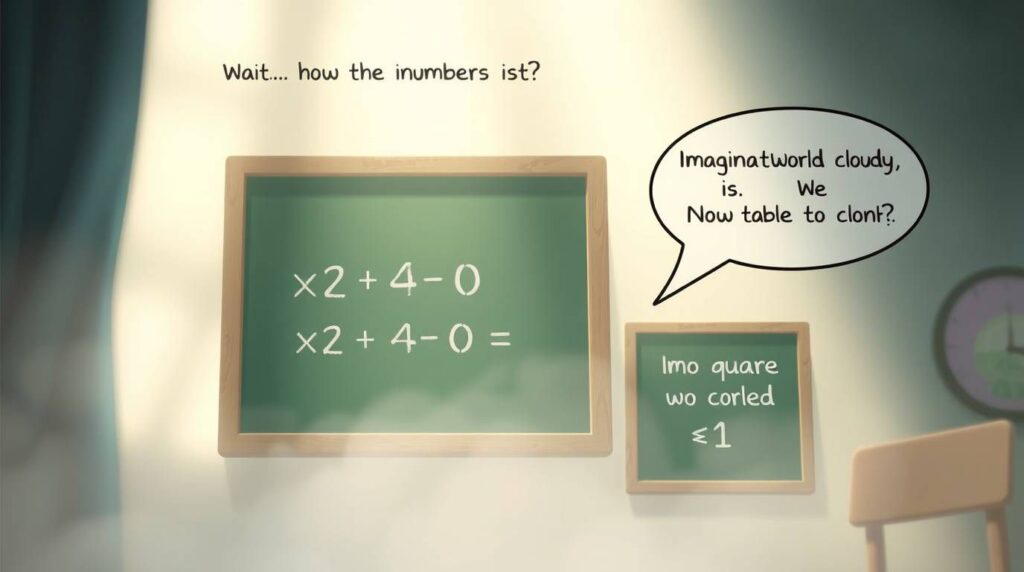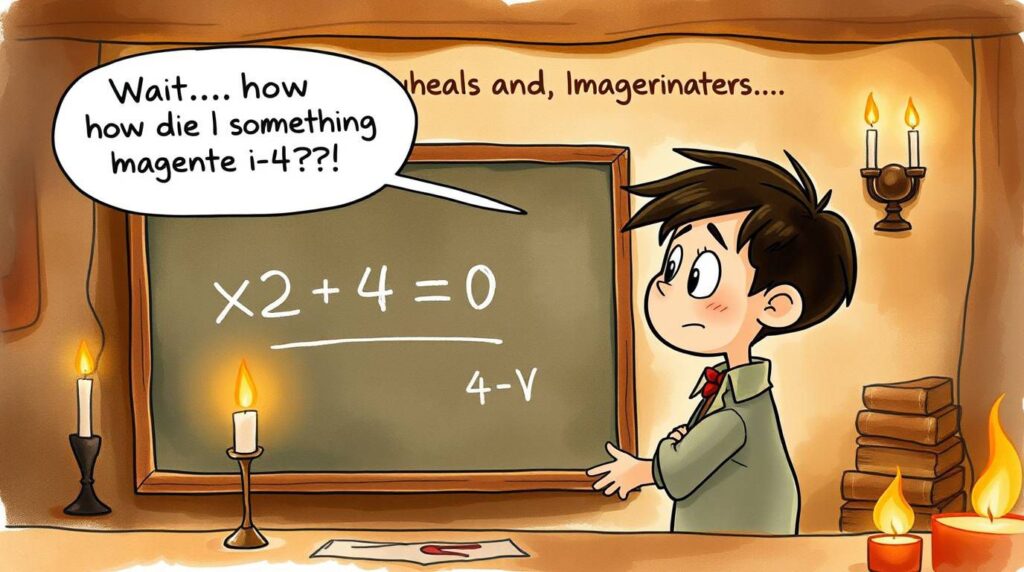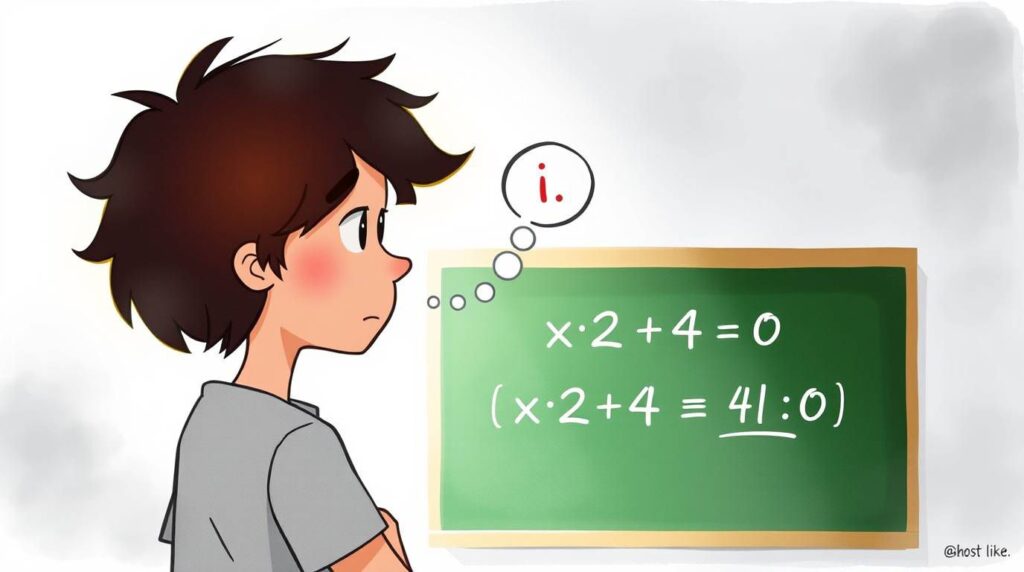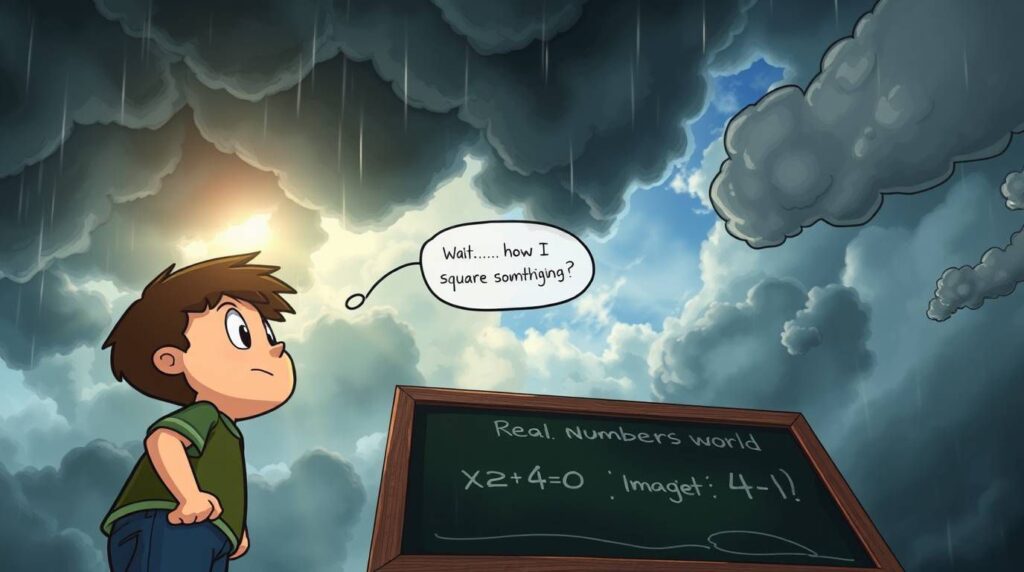Why do some functions have no real solutions?
You’re here — which means you’re probably staring at an equation thinking, “Okay, but why does this one not give me any real answer?” Maybe your calculator is showing you “math error” or maybe your brain is. Either way — don’t stress! Let’s make this super easy to understand, like a friend walking you through it at your favorite café ☕.
Why Do Some Functions Have No Real Solutions?
Let’s start with this:
🎯 A solution to a function means you’re finding an input (usually x) that makes the function’s output (usually y) equal to something specific — like 0.
Now, if the function has no real solution, that simply means:
🚫 There is no real number you can plug in that will satisfy the condition (like f(x) = 0).
And yes, that can actually happen! Let me break it down in a way that clicks.
🔍 Let’s Zoom In with an Example:
Take the equation:
x² + 4 = 0
Now pause and think: what number can you square (x²) and then add 4 to get 0?
Try some numbers:
0² + 4 = 4 ❌
1² + 4 = 5 ❌
(-1)² + 4 = 5 ❌
(-2)² + 4 = 8 ❌
And it keeps going wrong. No real number will work.
So what’s happening?
➡️ The problem is that x² is always positive or zero. You can never square a real number and get a negative value.
So when you try to make x² + 4 = 0, it means x² = -4 — and boom 💥 that’s where it crashes.
Because there’s no real number that squares to make -4.
In other words: ❌ square roots of negative numbers = not real.
This is when we say:
👉 “This equation has no real solution.”
🧠 So… What’s a “Real” Number Anyway?
Real numbers include:
- Positive numbers: 1, 2, 3…
- Negative numbers: -1, -2, -3…
- Decimals: 2.5, -3.1
- Zero: 0
But not imaginary numbers like √(-1), which is represented by “i” in complex numbers.
When we say “no real solutions,” we mean the answer would have to be imaginary (involving i), which doesn’t exist on the regular number line we use in basic math.
📉 Let’s Visualize It (with zero artistic pressure 😅):
If you graphed the function f(x) = x² + 4, it would be a U-shaped curve (a parabola) that opens upward.
But here’s the kicker:
📍 The curve never touches the x-axis.
And when a graph doesn’t touch or cross the x-axis, that means it never equals 0 → so no real solution!
That’s what “no real solution” means, visually.




⚠️ Other Functions Can Do This Too!
This can happen with:
- Square roots of negative numbers: √(-9)
- Logarithms of non-positive numbers: log(-3), log(0)
- Trig functions in weird situations: cos(x) = 2 (can’t happen — cosine only goes from -1 to 1)
Each time, it’s because the math leads to something that’s not allowed in the real number system.
—
🥲 So If You Run Into One…
Don’t panic. You didn’t mess up. The math is just saying:
“There is no real number that satisfies this. You’d need to jump into the complex number world for that one.” 🧪⚛️
But as long as you’re sticking to real numbers — you can safely say:
✅ “This function has no real solutions.”
—
📌 Disclaimer:
This easy version is meant to help you understand the concept better. If your exam or teacher expects a textbook explanation and you write this one instead, we’re not responsible if it affects your marks. Use this for understanding, not copy-pasting.
—
🔗 Related Articles from EdgyThoughts.com:
Why are some infinities larger than others?
https://edgythoughts.com/why-are-some-infinities-larger-than-others/
🌐 External Resource:
Still curious? Dive deeper into non-real solutions:
Wikipedia – Complex Number
https://en.wikipedia.org/wiki/Complex_number
—
Why do some reactions need activation energy?
https://edgythoughts.com/why-do-some-reactions-need-activation-energy/
How Do Catalysts Speed Up Reactions 2025
https://edgythoughts.com/how-do-catalysts-speed-up-reactions-2025/





